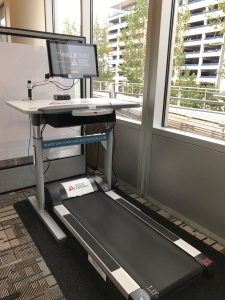Since January is the month of many people trying to start new habits, some advice from writer
Gretchen Rubin may be helpful. In her book Better than Before, Rubin categorizes people as Abstainers or Moderators when it comes to habit formation: Abstainers do best when they cut out the undesirable behavior entirely whereas Moderators feel deprived without some latitude to indulge on occasion.
Understanding your personal preference will go a long way in helping you keep your resolutions or achieve your goals. If you are an Abstainer, you are best by not ordering the popcorn at the concession stand because you have a difficult time eating “just a little.” You are better off by not turning on the television some nights because you find it challenging to stop after just one show, or you will find more success by cutting swear words out of your vocabulary entirely instead of just cutting back. Soon it becomes a habit to be without and Abstainers feel no sense of loss once their new, automatic response is engrained.
Moderators do best when they have self-imposed restrictions, but retain the ability to make changes in moderation. They can cut back on carbs, instead of eliminating them entirely. They succeed at reducing latte expenditures but don't’ need to stop having their treat. Moderators have the ability to say no to certain volunteer obligations and yes to others. If a Moderator attempts to cut something out entirely, they will resent it and push back on the behavior.
Understanding your leanings will go a long way toward setting you up for success. If you know you are an Abstainer, don’t tempt yourself by breaking the barrier and if you are a Moderator, don’t punish yourself by saying no to everything.
A little self-knowledge can go a long way in solidifying the behaviors that we seek to repeat.
Better than Before: Mastering the Habits of Our Everyday Lives by Gretchen Rubin, 2015.

 (sadly, just one example of many from the funeral)
(sadly, just one example of many from the funeral)































